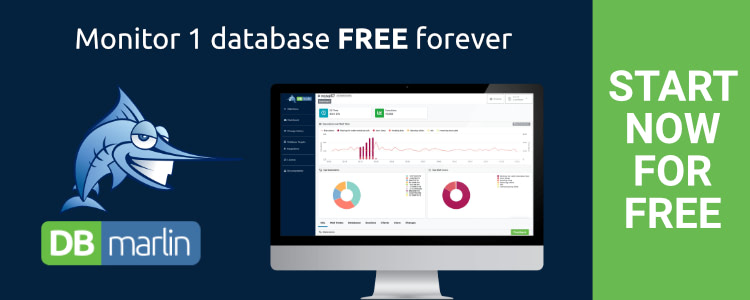Data is the new gold

Amazon, Google & Apple have proved that data is the new gold, but how much does it cost and how much is it worth?
In an era of abundant data, the brutal answer to these two everyday questions is ‘very little’ and ‘if utilised, a lot,’ respectively. Data is the new gold, and the gold rush is upon us. Although, we do not gaze yearningly at data in the same way that some do gold in all its shiny allure, the analogy fits.
This is especially true when you consider the thousands, if not millions, of prospectors all over the globe eagerly collecting at present. However, a 2019 Harvard Business Review survey found that 53% of organisations did not yet treat data as a business asset. This indicates it’s not too late to fully capitalise on the data gold rush that lies before us.
Big Data is Here to Stay
The demand for big data among businesses, governments, and scientific leaders has been building for years now. The insights from which uncovers facts which can be key in your decision-making process. Many companies struggle to make sense of their data and create value from their investment. The goal here is to acquire actionable insights, connecting analytics to positive action for your business.
Research has revealed that there are 74 zettabytes of data globally, astonishingly that equates to more than 10 terabytes of data for each human on earth. This figure is set to double every three years, with it estimated there will be almost 30 billion connected devices by 2023.
Most data still reside in private hands, but by 2025, it’s estimated that 80% of global data will be in the possession of enterprises. In April 2020, the Chinese government announced that authorities now recognised data as a “new production factor” reflecting its changing business models, industry boundaries, and market structures.
What Does It Cost?
When it comes to business, time is money, but it can also be data. The collection of data has the potential to be virtually free, collected during your daily business. The overheads in maintaining and using your data, however, can be considerable, both from a monetary and risk perspective. Data can be costly to maintain and to keep secure leading to enormous pressures on budget and data leakage prevention measures. The more data that inundates a company each year, the more it costs to manage securely. In 2010, the average cost of data management was 3.5% of your business revenue.
What’s it worth?
Data is undoubtedly an asset, but merely having it does not reveal its value. It must be developed to harness that value. It is key to note that the value of data is not simply what someone will pay for it, but rather how it can be used. Data can be used to create an extra layer of understanding into how things performed in the past and inform us how we should navigate more optimally in the future. An exciting way data-guided pioneers can drive returns for their business is to deploy new data-driven products or services to sell. Through truly innovative data-driven tools, you can do more than create new revenue streams; you stand a chance of transforming your business.
Another way we’ve seen data used is when leveraged in business negotiations. For instance, in January 2021, Israel moved to the front of the vaccine queue, offering Pfizer direct access to their country’s healthcare database. Pfizer was persuaded as they perceived the value of such data access to be higher than that of the actual money deal for the vaccines and prioritised deliveries to the country. This is a prime illustration of how data is becoming the new gold by replacing other mediums of exchange as a sought-after commodity.
Enterprises that manage to capture a wide variety of data and can transform using data aggregation to simplify decision-making, have a considerable advantage over companies that strictly base their decisions on traditional reporting.
In 2018 The European Commission estimated that by 2020 the value of personalised data (which is only one class of data), would be valued at a trillion euros, almost 8% of the EU’s GDP. At the same time ‘intangible assets’, including data, represented 84% or $21trillion of S&P500 company value.
It’s open season for data, and given the rapid increases in the demand for this new gold-like asset, should organisations start insuring it? If so, for what value should these digital records be insured?
Finally, how do you ensure that this powerhouse decision-making commodity is always instantly at your fingertips for capitalisation as well as getting an edge over your competition? Well, that’s far easier to address. You can quickly and easily monitor your database performance with DBmarlin.
Ready to try DBmarlin?
If you would like to find out more about DBmarlin and why we think it is special, try one of the links below.
- Get hands on without an installation at play.dbmarlin.com
- Download DBmarlin from www.dbmarlin.com, with one FREE standard edition license, which is free forever for 1 target database.
- Follow the latest news on our LinkedIn Community at linkedin.com/showcase/dbmarlin
- Join our community on Slack at join-community.dbmarlin.com

